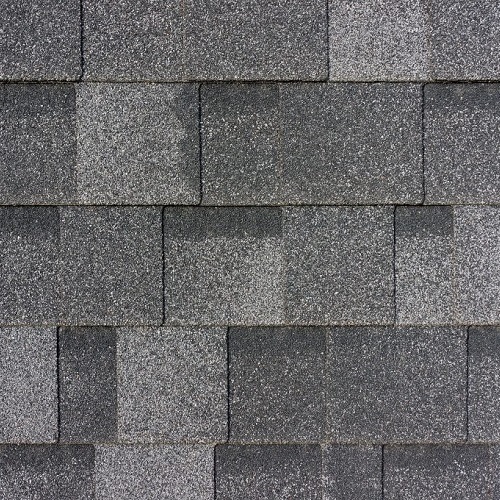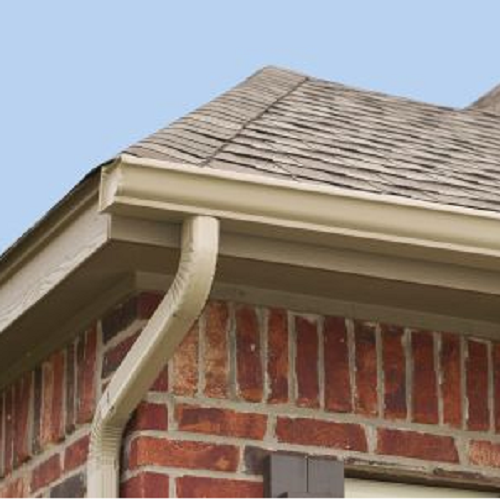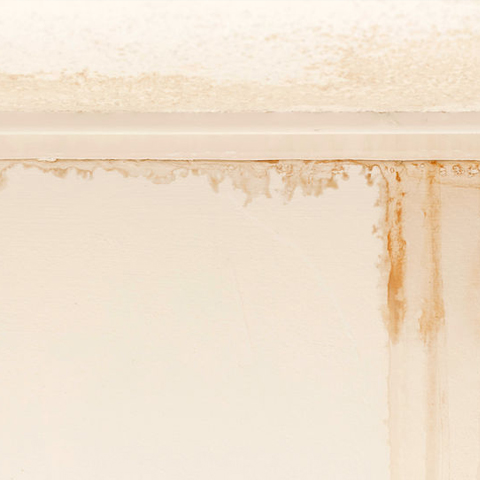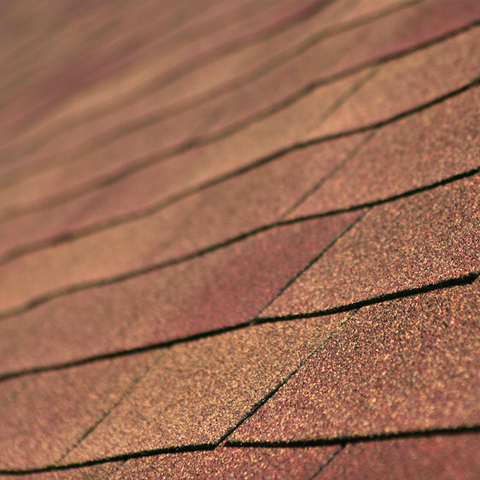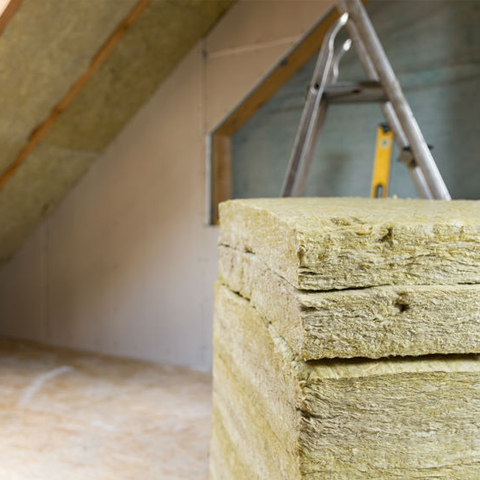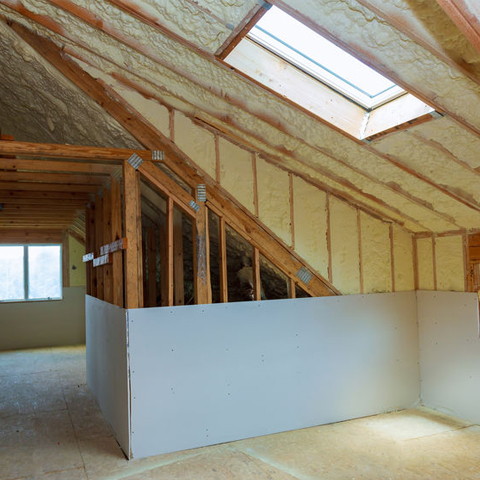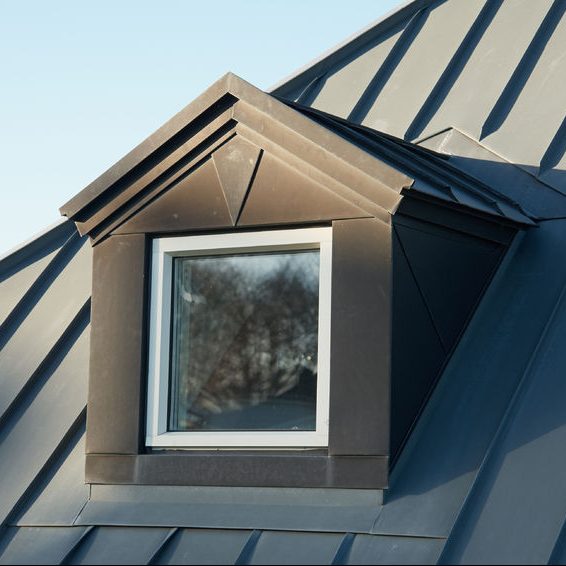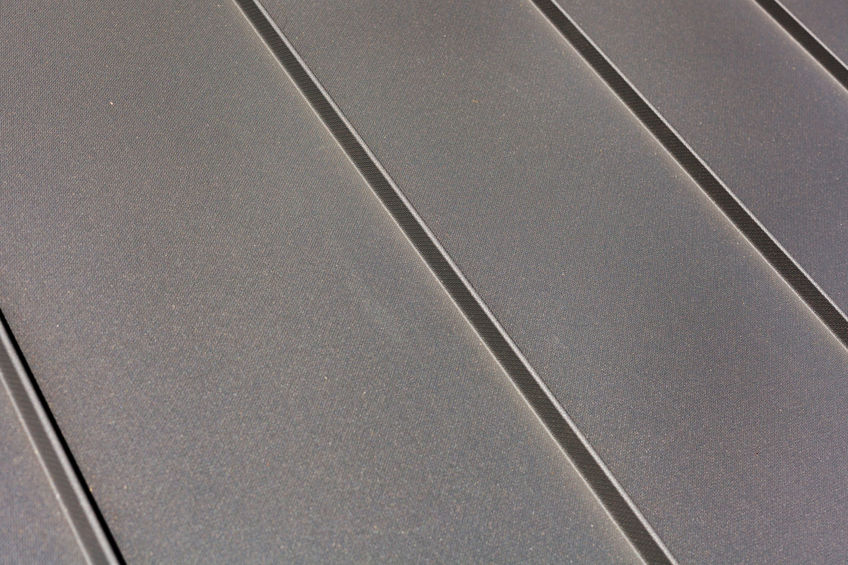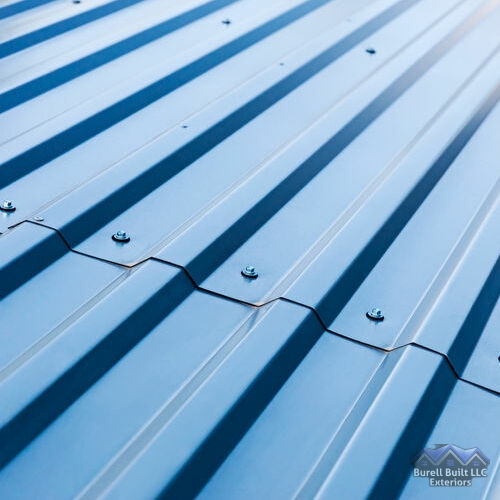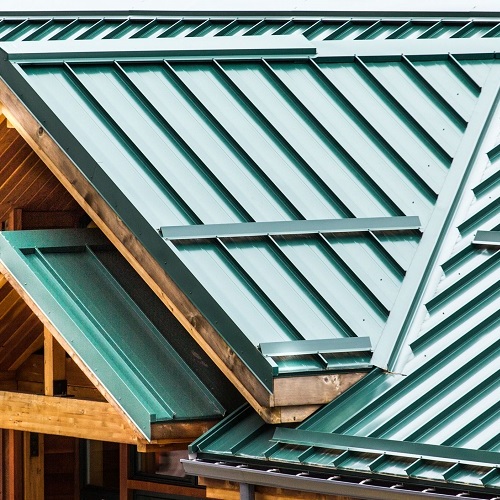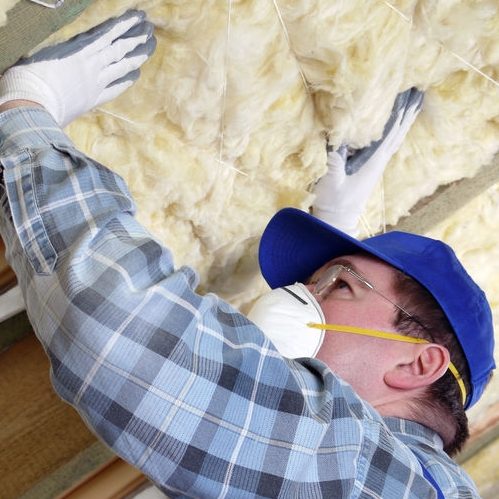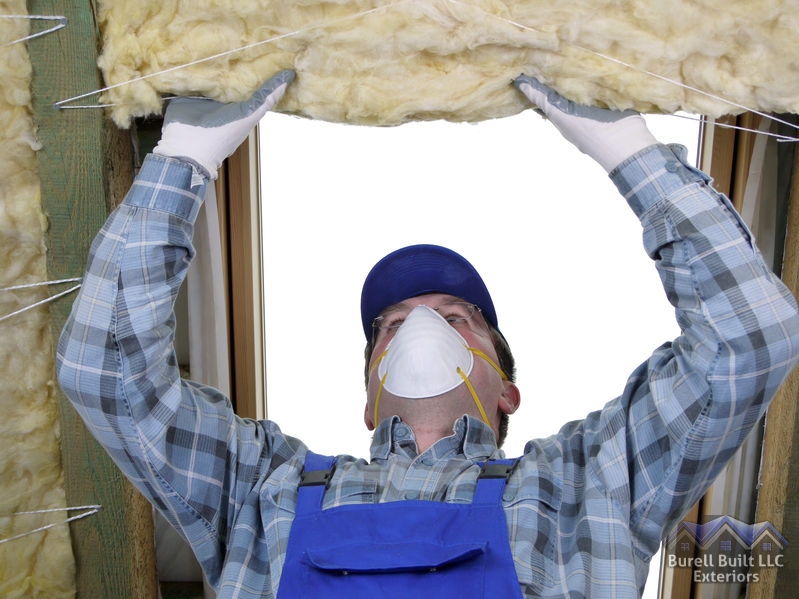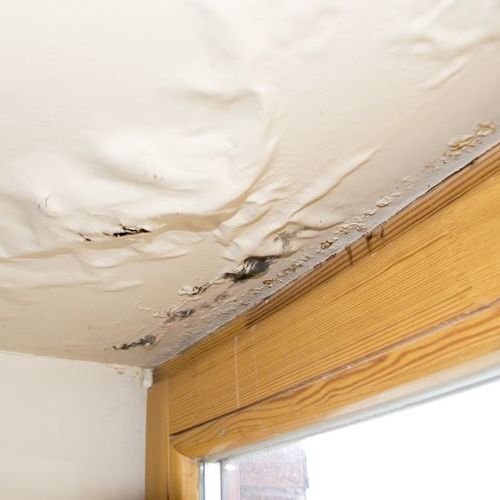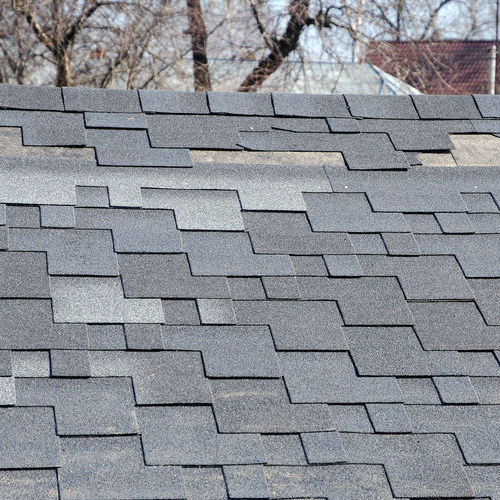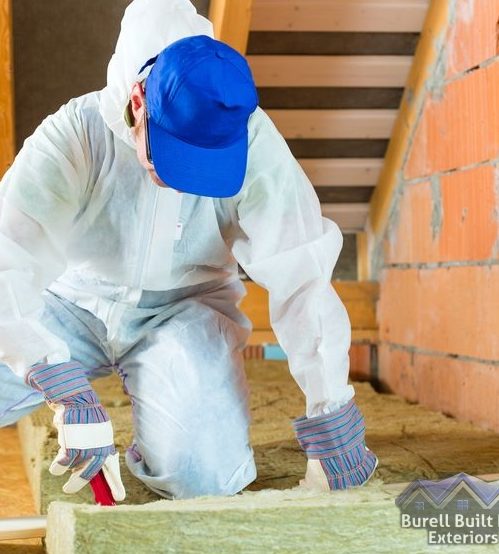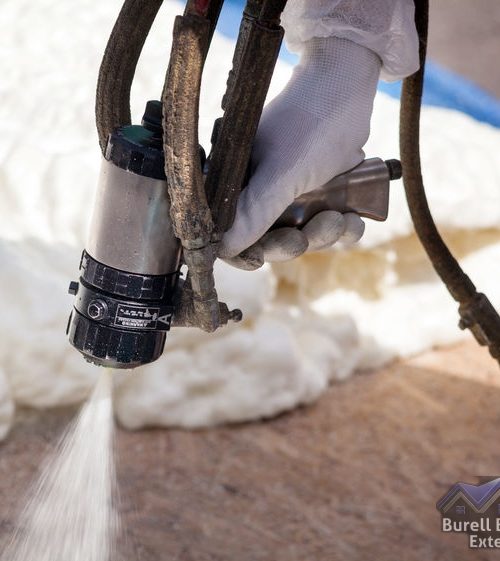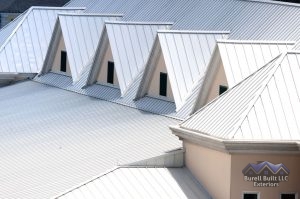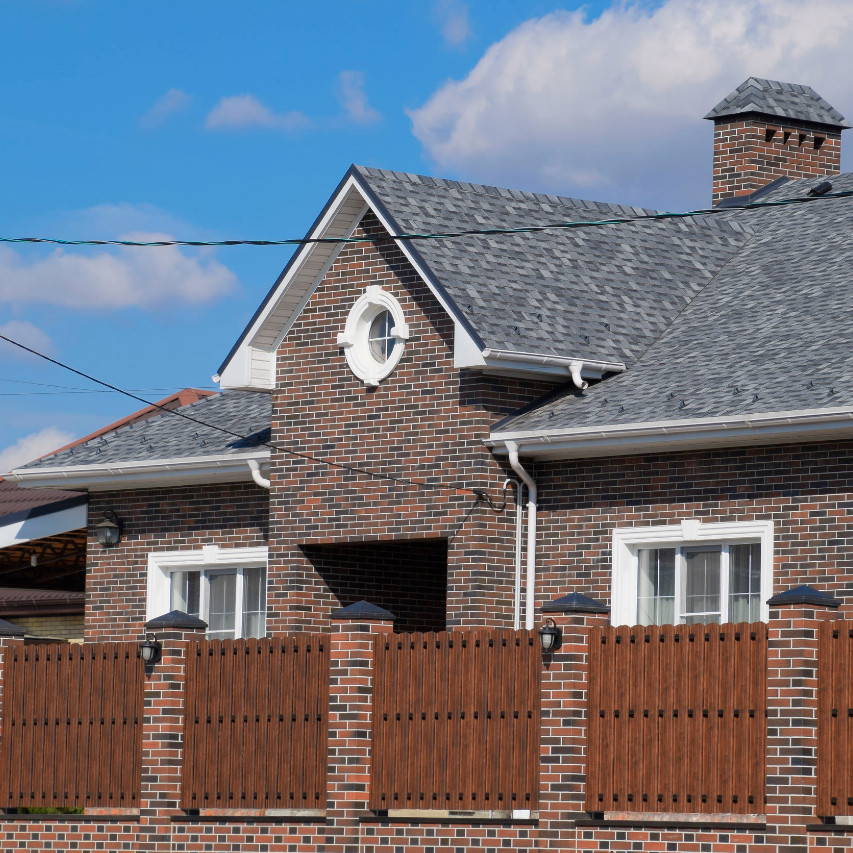
What is a Slate Roof Tile?
For its beautiful style and durable capability, many homeowners love slate tile roofing for their homes. Being made of rocks that were formed through intense heat and pressure are known for the capability they bring to the roofs they are installed. Also known as the hundred year old roof, slate tile roofing brings fire resistance and water resistance to the roof as well. As a truly natural roof, the materials that go into the final product are entirely unique and from a quarry they were formed. With the final result adding a highly appraised amount of curbside appeal, slate tile roofing can also resist weather like:
- Rain
- Wind
- Snow
With roof replacement being proven to add value to your home’s resale value, it has the capacity to add value to your home. With the significant percentage of value you can stand to gain and with the resistance slate roofing naturally provides, you can enjoy a superior process when improving or selling your home. Furthermore, particularly with a replacement or new roof installation, slat roofing has been known to save customers on repair costs due to their naturally resistant nature and long lasting appeal. So if you want to learn more about getting yourself a slate roof or the benefits you could stand to gain from one, call 865-238-2628 today.
How do you Maintain a Slate Roof?
All residential roof options on the market require maintenance over time by roofers to get their full potential. This is generally due to natural occurrences in the weather, such as storms and the winds moving debris or bringing with them hail. This includes slate tile roofing too, though it tends to be on a much lesser scale than other roofs. Being one of the oldest types of roofs used, the nickname hundred year roof is by no means one that is given without a reason. Slate roofs can last between one hundred to two hundred years in the right environment and care. Such examples of care include:
- Preventing standing water on your roof
- Keeping debris from sitting on the roof
- Regular roof inspections
- When damaged, repairs made promptly
Residential roofing providers, like our team at Burell Built Exteriors, are capable of applying all of these services and more. In most environments, whether in naturally sweltering or frigid areas, slate roofs do particularly well. Further than that, skilled roofers can easily apply repairs if there is ever damages present after events of hard weather or accidental actions. Similar to tile roofing, slate offers to both be easy to maintain and also a solid roof to defend any home it’s installed to.
Which is Better Slate or Tile Roof?
When the average person looks up at either slate or tile, there would not be a difference. However, there are actually drastic differences between the two that apply significantly to both homeowners and roofers that apply them. Roof tiles or a tile roof are is made generally out of clay or similar manufactured materials. Comparably to slate tile roofing, are actually less effective in ways such as:
- While both are meant to last, slate can last significantly longer
- Slate is more resistant to weather than tile by a marginal degree
- In terms of impact, slate can take more especially when considering hail
An unfortunate problem that occurs more often in tile than slate is the occurrence of leaks in the roof. While both are considered water resistant, disturbed tiles and slates can have the tendency to leak. However, older slate roofs and those that are efficiently put on presently are not susceptible to leaks thanks to how they are installed. Whether they have underlayment or not, modern slate roofs are known to be one of the best roofs to when it comes to rain and snow. Tile roofs are thereby less effective when compared to slate.
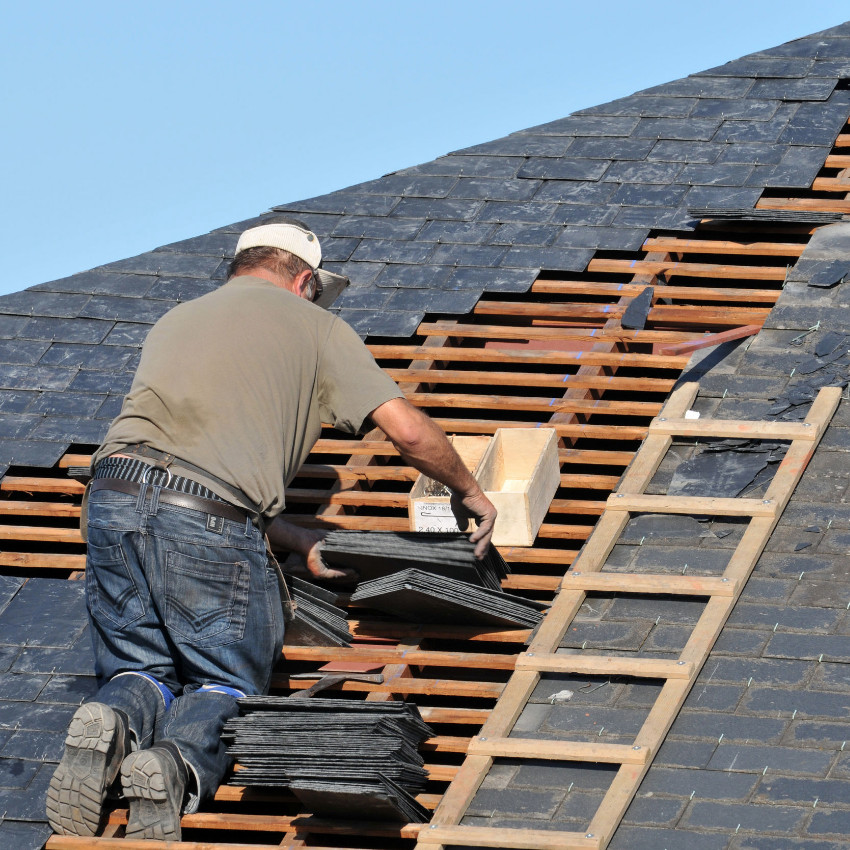
Can you Seal a Slate Roof?
While still a heavily effective type of roof, slate tile roofs do not respond as well to many of the advancements in roofing Techniques. Sealing for example is not recommended for the traditional style roof due largely to that the natural weight of the stone slates effectively do the job themselves. Furthermore, when a slate roof has been sealed, glued, or coated it makes it more difficult to repair. This is for more than one reason with that slate repair often relies on simply removing a singular slate, especially when it comes to if there is ever a leak from a damaged slate. Sealing and coating have a tendency to stick the stone slates together. This forces a process that means removing one to be a process that removes several.
Walking on slate roofs should be handled with care, unlike tile roofs, you can walk on a slate roof. However, especially with older slate roofs, it is a hollow space you should be aware of. Particularly in the sense that the installation process does not as much trust nails, adhesive, or other means as much as it relies on placement. So you need maintenance on your slate roof or want to get one, call 865-238-2628 to schedule your appointment.
